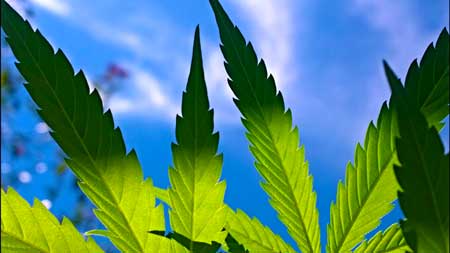This is my first time at indoor plants.
what schedule should a grower be on when it comes to flower pot size? That is; from seedlings to mature plants, what size pots do you use, and when do you increase the pot size? Do you use a clay pot, plastic, or other?
thanks
what schedule should a grower be on when it comes to flower pot size? That is; from seedlings to mature plants, what size pots do you use, and when do you increase the pot size? Do you use a clay pot, plastic, or other?
thanks

Comment